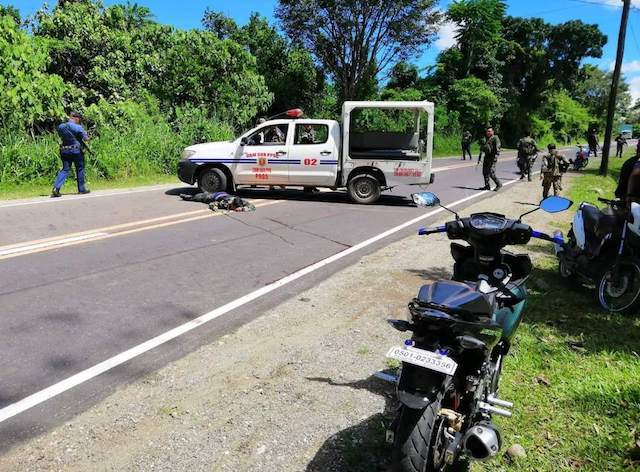From the Philippine News Agency (Oct 18):
How peace movement transformed a Muslim village

The great Sta. Cruz Island, which lies four kilometers away south of the southernmost tip of the city, is famous for its awesome beaches.
Members of the Sama Bangingi tribe live in a small village, according to their lore, on the island since time immemorial.
Today, the village boasts of young residents who finished college and are well-employed, and of solar-powered homes that contain amenities.
But only 28 years ago, the Sta. Cruz village, as it is known, was socially and economically backward, and was populated by hand-to-mouth fishermen whose children did not attend school.
Despite its ecological attractions, a few residents of the city dared to venture there due to perceived security risks.
So what brought about the transformation?
In 1990, the Silsilah Dialogue Movement founded by Fr. Sebastiano D’Ambra six years earlier, was firming up its “Culture of Dialogue, Path to Peace” peace-making paradigm.
One of its chosen threads was to reach out to children to become “bridges of peace”.



Minda Sano, executive director of the movement, decided to bring the brand new program to the Sta. Cruz Island village, through the establishment of a kindergarten school, with her spearheading the effort.
“At first the parents of the village were suspicious, even hostile to the idea of a basically Christian organization coming to help them”, Minda said.
“Initially we just oriented and motivated the children on the value of education, just giving them loosely organized lessons. We did not build a schoolhouse right away, just held classes under a tree until eventually we won their trust and friendship and they and their parents became enthusiastic,” she recalled.
Minda said it was not easy to “gain their trust and friendship.”
But after having achieved that, Silsilah began building schoolhouses, first for kindergarten students.
Year after year, more structures were added, and currently, six school buildings are housing Grades 1 to 6 pupils, add to that a day-care center funded by the local government.
The present school population is 72, with four under board teachers whose salary is paid for by Silsilah. Two of the teachers finished elementary in the same school.
The elementary school is accredited by the Department of Education. Its graduates are eligible to enroll in secondary schools located on the city mainland.
Gradually, Minda said, the parents were also educated - in ways of civic and parental responsibility to send their children to school, to cooperate with one another for the welfare of the community, and to co-exist harmoniously.
“When we first came to Sta. Cruz, the residents were afraid of vaccination or getting injections when sick,” Minda said. “By extending them medical help, which they asked for, they learned the need for medicines and hospitalization, the need for sanitation and hygiene. But we did not impose those to them; we waited for them to seek our help.”
Until now, Minda said Silsilah helps them get hospital treatment and confinement.
The gift of education has radically changed the villagers’ lives. Many children went on to finish college and are now working in the government or other establishments.
Others, who are literate, work as environmental wardens or so-called “bantay dagat” of the government on the island.
Poorer parents are eligible for the government 4Ps program.
Too far from the city to be connected to the power grid, they can afford to set up solar panels. They have outboards and pumpboats to ferry picnickers and divers to the island, now numbering thousands every month, and local women sell them souvenirs and refreshments.
The economic progress has been attracting people of other tribes to set up homes on the island, Minda said, with apprehension.
The island is a sitio of Barangay Sta. Barbara, which is located in ground zero of the Zamboanga Siege.
With the success of the school project in Sta. Cruz, Silsilah has established five more similar kindergarten schools in Zamboanga City – in the multi-cultural communities of Mampang, Sta. Catalina, Sinunuc, Baluno, Paniran.
The movement also trains kindergarten teachers on the essentials of peace education and values under an expanded program it calls “ Tulay Bata for Dialogue and Peace”.
The program includes a feeding, healing and bonding session twice a month for children living in Sta. Catalina, who were victims of the 2013 siege.
“We know that the process of education is an “Art in Progress” that needs preparation. It is the “Art of the Heart” that has to guide people to live and promote dialogue and peace”, D’ Ambra said in an article on the movement’s website.
http://www.pna.gov.ph/articles/1051409













